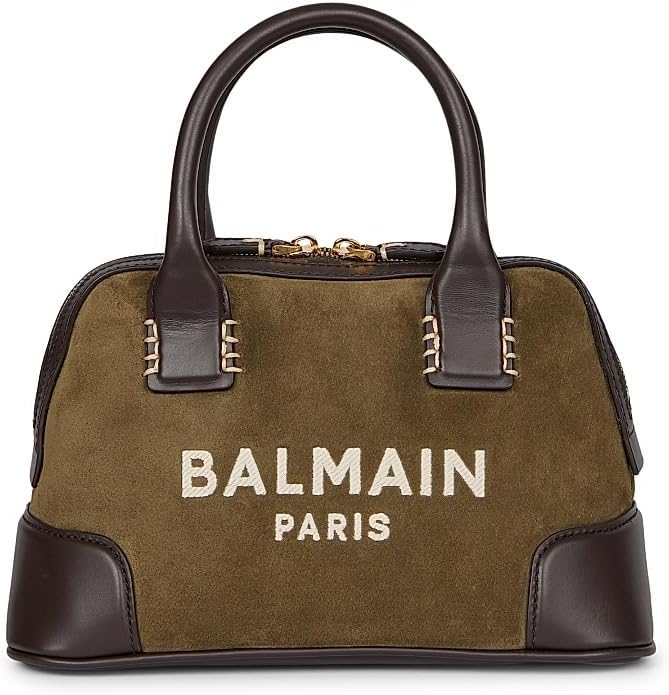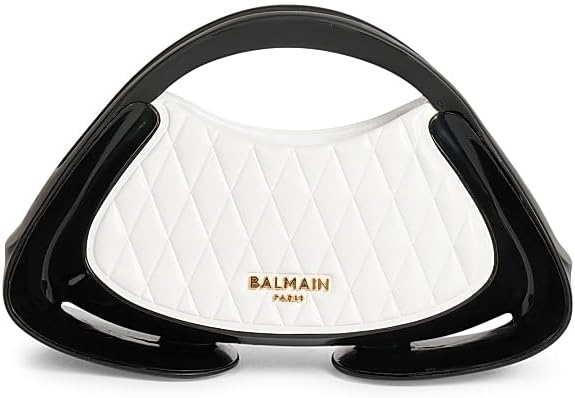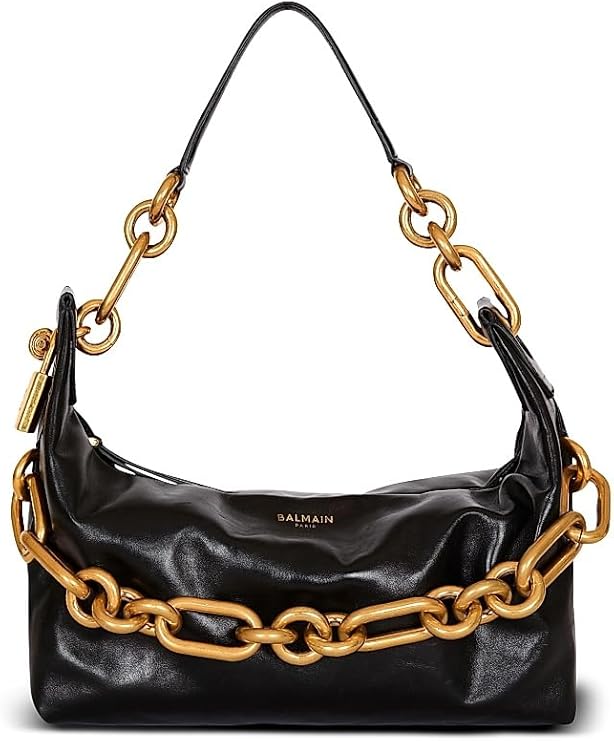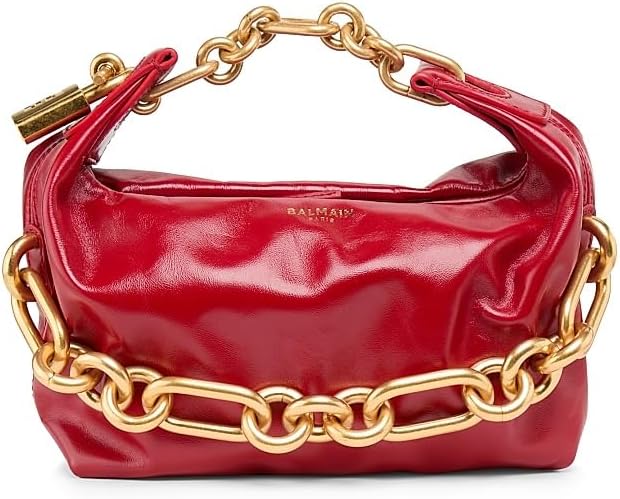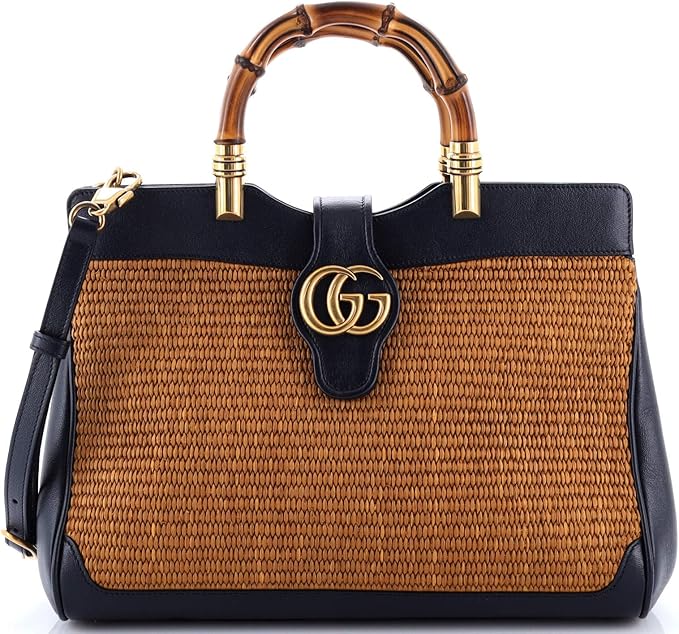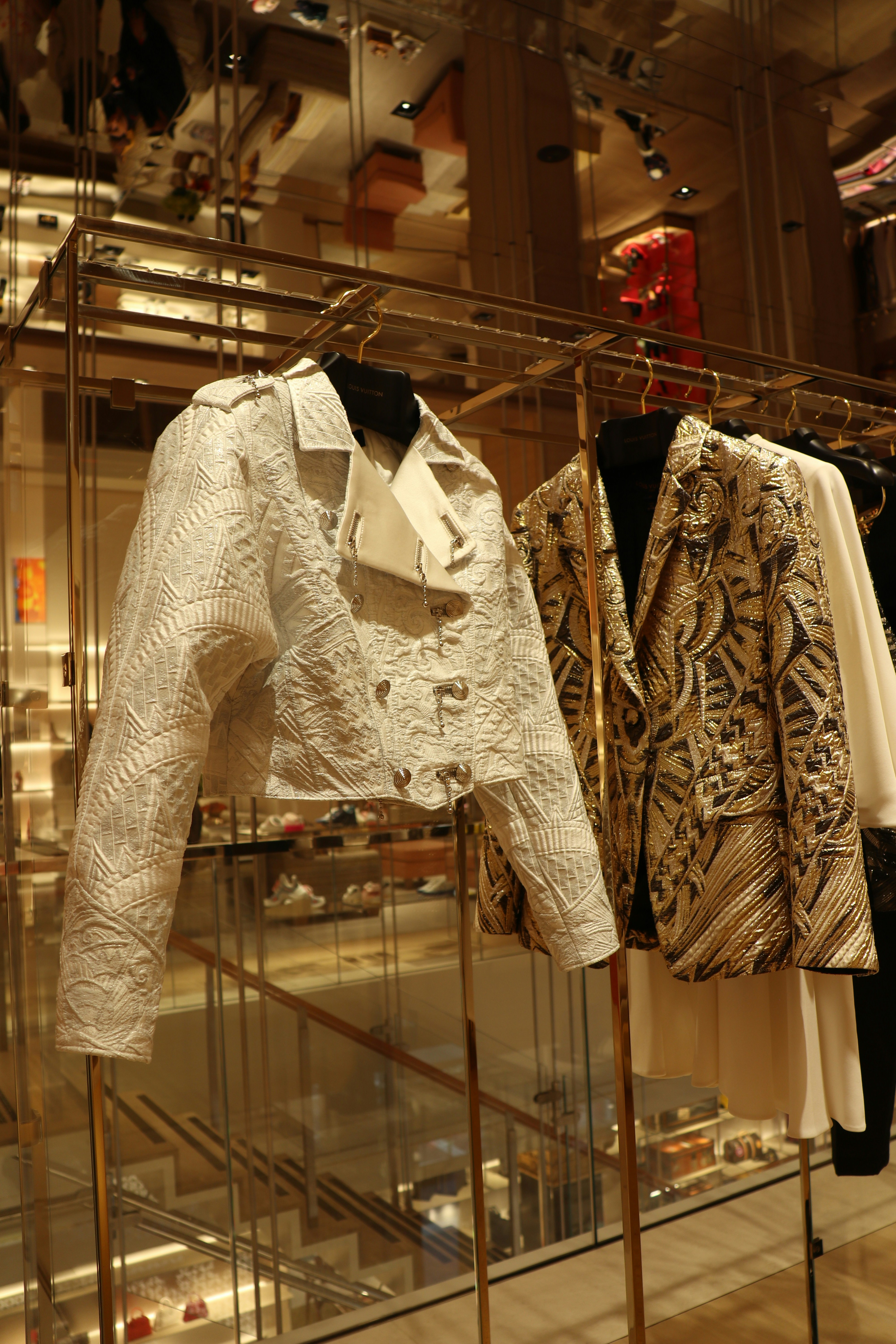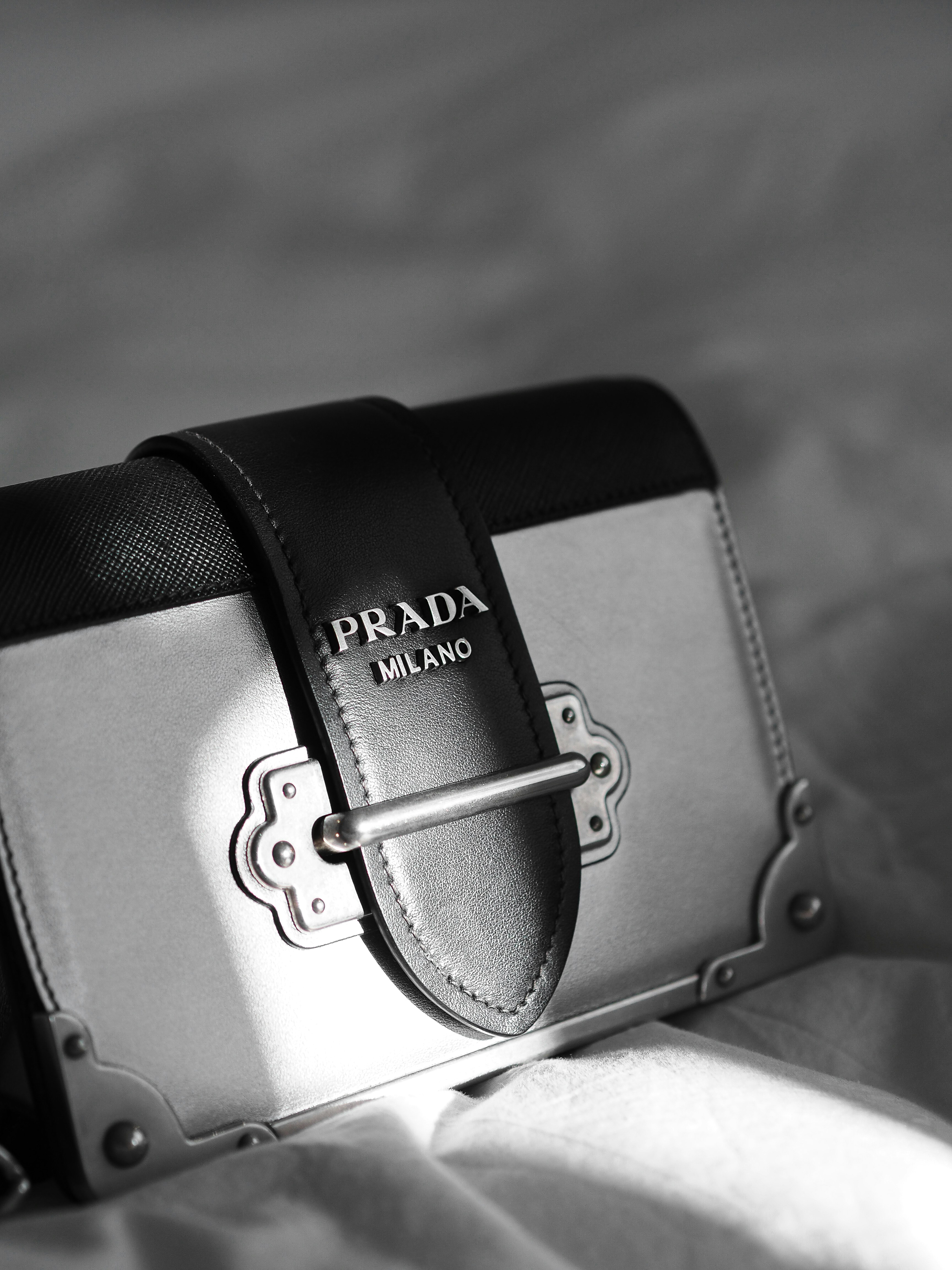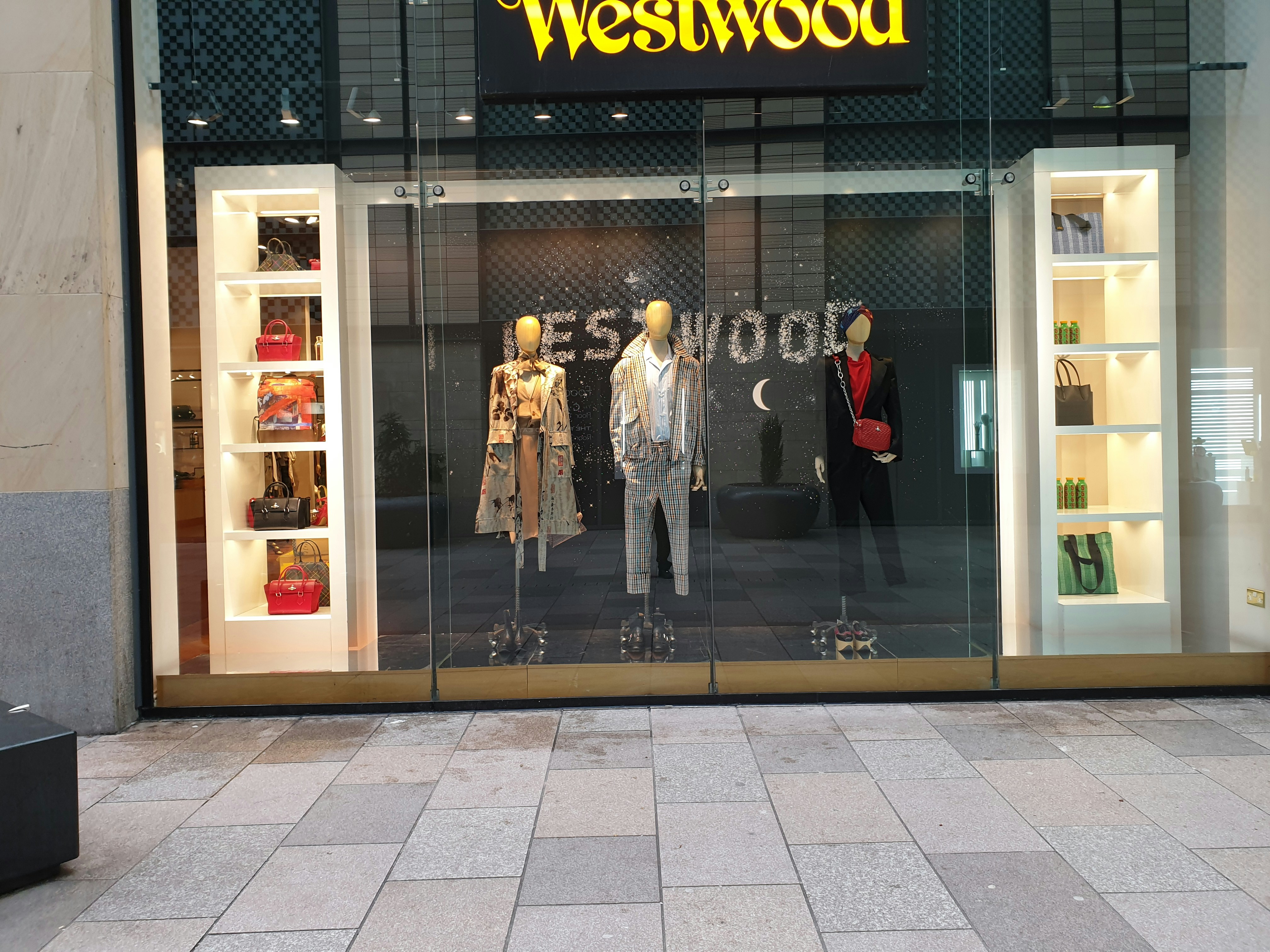The Birth of Stella McCartney: A Sustainable Vision
Established in 2001, Stella McCartney emerged as a pioneering force within the fashion industry, dedicated to presenting a sustainable alternative to traditional luxury fashion. The brand’s inception is inextricably linked to Stella McCartney’s upbringing in a household deeply rooted in environmental awareness, an influence that significantly shaped her approach to design. Growing up on a farm, where her father’s work in the music industry intersected with her mother’s commitment to conservation, she developed a profound understanding of the importance of ethical practices and sustainability in daily life.
From the outset, Stella McCartney was resolved to combine high fashion with a vision of ethical responsibility, challenging the norms of a predominantly fast-fashion industry. Her commitment to avoiding the use of leather and fur in her collections was radical for the time, illustrating her desire to forge a new path in luxury fashion while promoting animal rights. This pioneering stance not only set the foundation for her brand but also catalyzed a broader conversation about the environmental impacts of clothing production and consumption.
McCartney’s early collections showcased her innovative design sensibilities while adhering strictly to sustainable practices. She carefully selected organic and recycled materials, demonstrating that style could coexist with eco-consciousness. However, advocating for sustainable fashion was not without its challenges; she frequently encountered skepticism from industry insiders who prioritized profit over principle. Nevertheless, her determined efforts began to resonate with consumers looking for alternatives to fast fashion, and gradually, her brand carved out a unique niche within the luxury sector.
Ultimately, Stella McCartney’s early years were characterized by a vision that celebrated both fashion and sustainability, setting a precedent for future designers and establishing her brand as a beacon of ethical luxury, with an unwavering commitment to protecting the planet.
Tailoring and Craftsmanship: Redefining Luxury
Stella McCartney has carved out a unique space in the luxury fashion landscape through her meticulous approach to tailoring and craftsmanship. Her collections exemplify a commitment to high-quality design, blending traditional techniques with modern sensibilities. At the core of McCartney’s philosophy is a belief that luxury does not have to come at the expense of the environment. This is reflected in her innovative use of luxurious, sustainable fabrics that meet the discerning standards of luxury consumers while aligning with ethical practices.
One of the hallmark features of McCartney’s work is her dedication to rigorous craftsmanship. Each item undergoes a detailed design process, where every stitch and seam is thoughtfully considered. This meticulous attention to detail not only enhances the aesthetic of her garments but also contributes to their longevity, embodying sustainable luxury. McCartney expertly marries classic tailoring methods, such as structured silhouettes and refined cuts, with contemporary styles that resonate with today’s fashion-forward consumer. This fusion is evident in pieces like her tailored blazers, which offer a flattering fit through innovative construction while showcasing eco-friendly materials.
Furthermore, standout creations, like her iconic ‘Falabella’ bag, demonstrate how luxury can embody both aesthetic appeal and ethical responsibility. The bag, characterized by its signature chain detailing, is crafted with vegan leather, challenging the preconceived notions of what constitutes high-end materials. McCartney’s ability to redefine these standards speaks volumes about her influence within the luxury sector. Through her groundbreaking approach to tailoring and craftsmanship, Stella McCartney not only transforms the perception of luxury fashion but also inspires a broader movement towards sustainability, encouraging both consumers and industry leaders to rethink their purchasing decisions.
Falabella Bag: An Icon of Ethical Fashion
The Falabella bag, introduced by Stella McCartney in 2010, stands as a defining emblem of ethical luxury in the fashion industry. Crafted with both style and sustainability in mind, this bag has gained immense popularity while adhering to Stella McCartney’s unwavering commitment to cruelty-free practices. The design of the Falabella features a sleek silhouette adorned with a distinctive chain trim, which adds a touch of sophistication while maintaining its eco-conscious ethos.
One of the standout characteristics of the Falabella bag is the innovative use of materials. The brand has opted to utilize high-quality faux leather, which not only minimizes environmental impact but also upholds the cruel-free doctrine central to McCartney’s vision. This choice allows consumers to indulge in luxury fashion without compromising their ethical beliefs. Furthermore, the bag’s production is carried out in facilities that follow stringent sustainability policies, ensuring the reduction of waste and CO2 emissions throughout the manufacturing process.
The ability of the Falabella to seamlessly blend functionality with a strong ethical message has resonated with celebrities and fashion influencers alike. Many high-profile figures, from Emma Watson to Kate Hudson, have been seen carrying the bag, thus enhancing its status in the luxury market. This notable presence in popular culture reflects a broader shift toward conscious consumerism, wherein the discerning buyer seeks out products that embody both style and substance. The Falabella bag has, therefore, become more than just an accessory; it serves as a statement piece championing sustainable fashion and ethical practices, making it a pioneering force in the luxury sector.
The Future of Fashion: Stella McCartney’s Commitment to Sustainability
As the fashion industry increasingly confronts the realities of climate change and environmental degradation, Stella McCartney emerges as a pivotal force in promoting sustainable practices within luxury fashion. The brand continues to enhance its commitment to sustainability through innovative initiatives and strategic collaborations designed to minimize environmental impact. Key to this mission is the exploration of alternative materials, which reflects a broader industry shift towards resource-conscious production methods. By utilizing biodegradable fabrics and vegan alternatives, Stella McCartney not only challenges the status quo but also positions sustainable luxury as a viable option for environmentally aware consumers.
Moreover, the brand has taken significant strides in advocating for circular fashion, emphasizing the importance of extending the lifecycle of garments. Through initiatives such as take-back programs and repair services, Stella McCartney encourages customers to recycle and cherish their purchases rather than discarding them. This forward-thinking approach positions the brand as a leader in sustainability, setting a precedent that other luxury labels are increasingly looking to replicate. By fostering a culture that values longevity and responsible consumption, Stella McCartney is effectively redefining what it means to be a luxury brand in the 21st century.
Stella McCartney’s efforts extend beyond its products; the brand plays a crucial role in raising awareness about sustainability challenges within the fashion industry. By participating in global conversations and partnerships with environmental organizations, it works to educate consumers and industry stakeholders alike. The growing demand for ethical luxury products underscores a shift in consumer preferences, prompting brands to adopt more sustainable practices in response.
In conclusion, the future of fashion is being shaped by the unwavering commitment of brands like Stella McCartney to sustainability. As they pioneer new innovations and push for systemic change, the fashion industry stands at a crucial crossroads, where the integration of sustainable practices will define its future trajectory.


